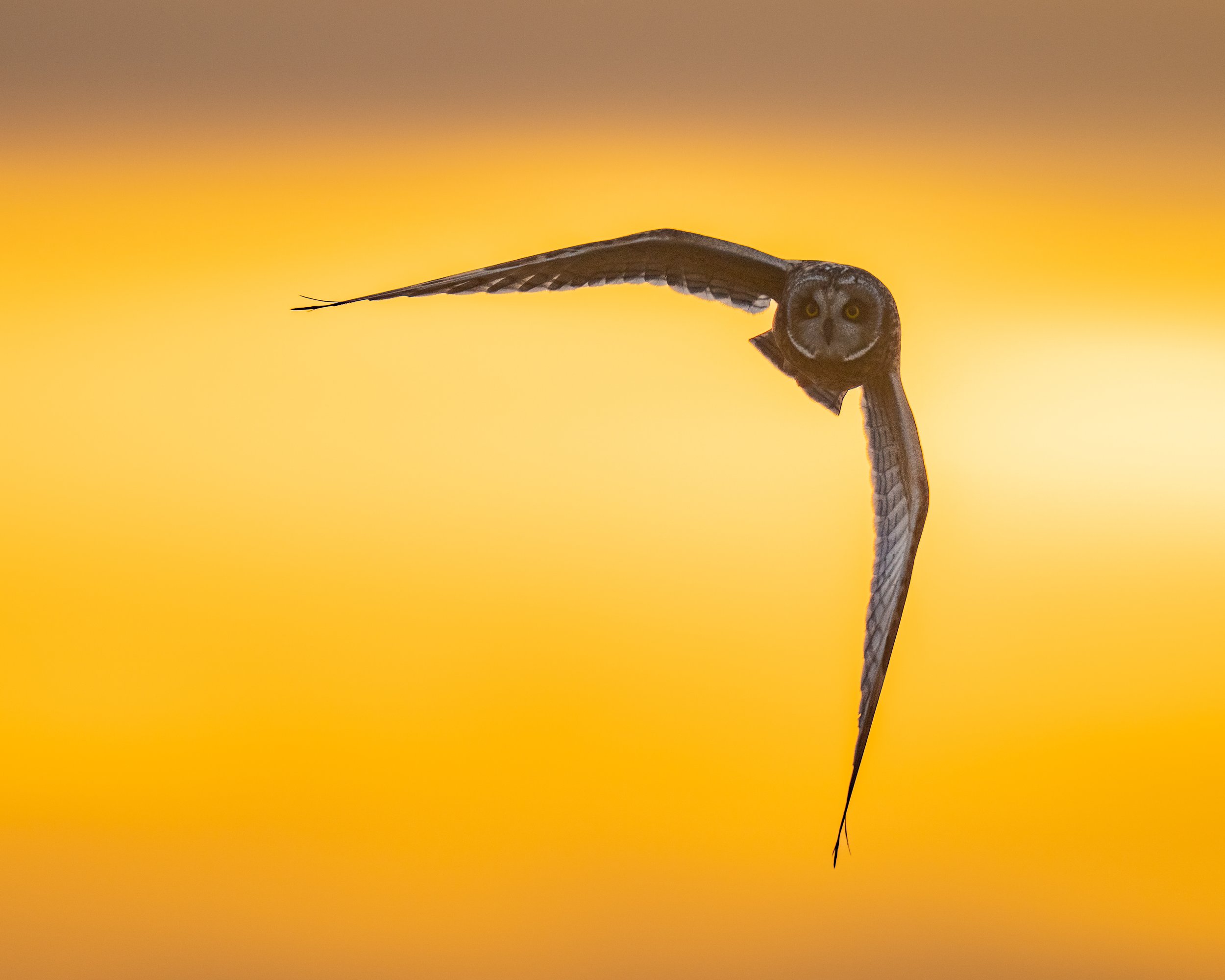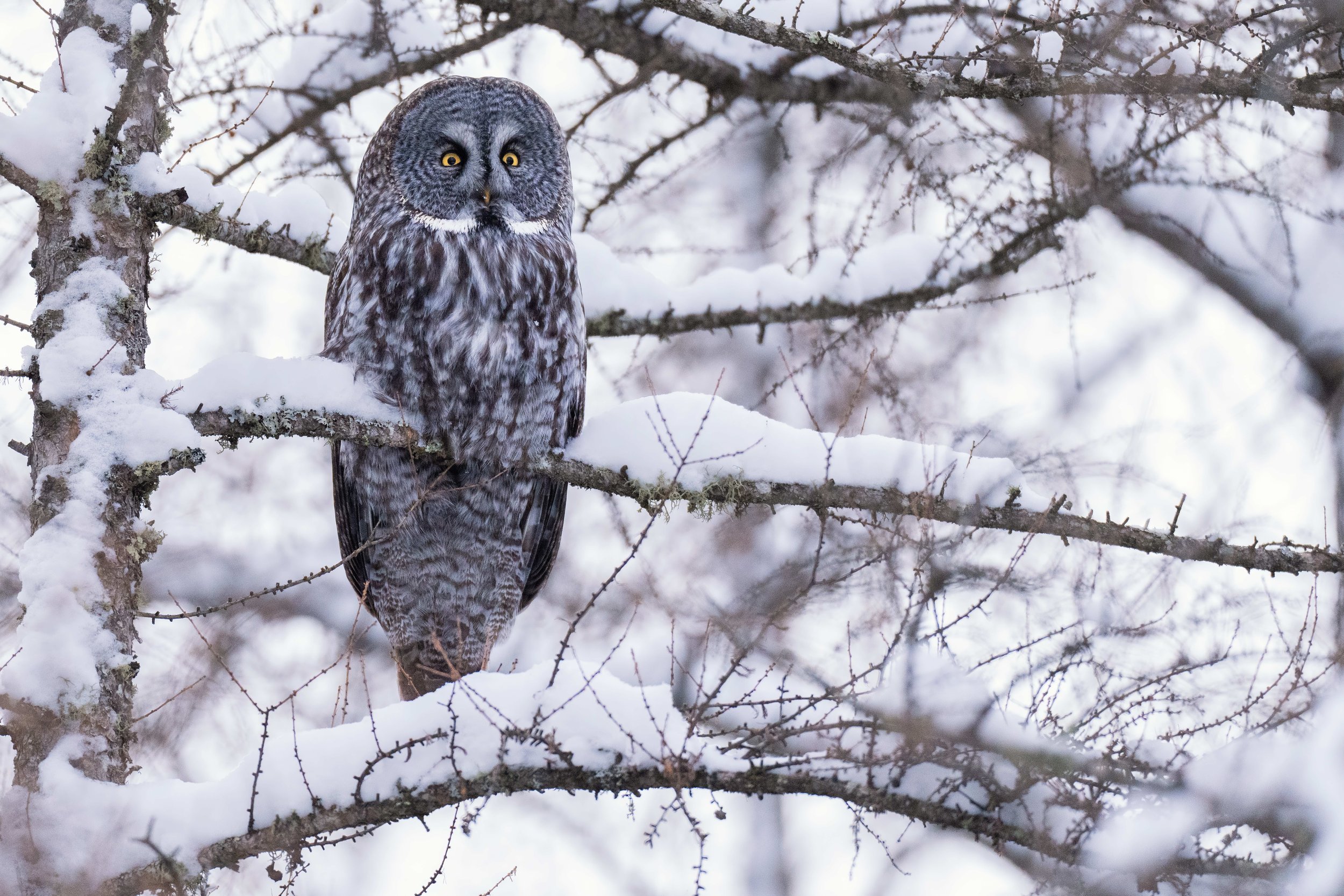OWLS
Majestic owls big and small
Owls, the enigmatic guardians of the night, offer an unparalleled subject for photography enthusiasts.
These birds of prey, with their distinctive facial features and silent flight, inhabit various environments across the globe, from dense forests to open prairies.
Their mysterious allure is heightened by their nocturnal habits, making them a fascinating challenge for photographers to capture.

Saw Whet Owl

Snowy Owl

Burrowing Owl

Short Eared Owl

Great Gray Owl

Burrowing Owl

Great Gray Owl

Short Eared Owl

Burrowing Owl

Short Eared Owl

Snowy owl

Short Eared Owl

Great Gray Owl
Owls are known for their large, forward-facing eyes, which provide exceptional night vision, essential for spotting prey in the dark.
Their eyes, however, are not merely functional but also captivatingly beautiful, ranging in color from deep amber to icy blue.
The unique structure of an owl's feathers allows them to fly almost silently, enhancing their stealth as apex predators.
This silent flight makes them formidable hunters, capable of swooping down on unsuspecting prey without a sound.
Photographing these magnificent birds requires patience and skill.
Capturing them in their natural habitat often means venturing out at dusk or dawn and waiting quietly for the perfect moment.
The soft, diffused light of these hours can add a mystical quality to the images, highlighting the texture of the owl's feathers and the intensity of their gaze.
Photographers must also be mindful of the owl's sensitive hearing and strive to minimize disturbance, using long lenses to keep a respectful distance.
Each species of owl brings its unique beauty and challenges to the photographer.
From the majestic snowy owl, with its brilliant white plumage standing stark against a winter landscape, to the tiny screech owl, camouflaged among the leaves, these creatures have endless variety and fascination.
Capturing the essence of owls in photography requires technical skill and a deep appreciation for their mystery and majesty.
Through their lens, photographers can share the hidden world of owls, inspiring awe and respect for these remarkable birds of the night.


